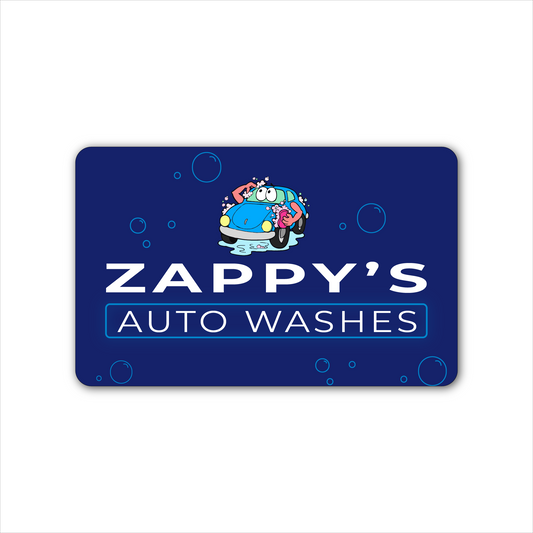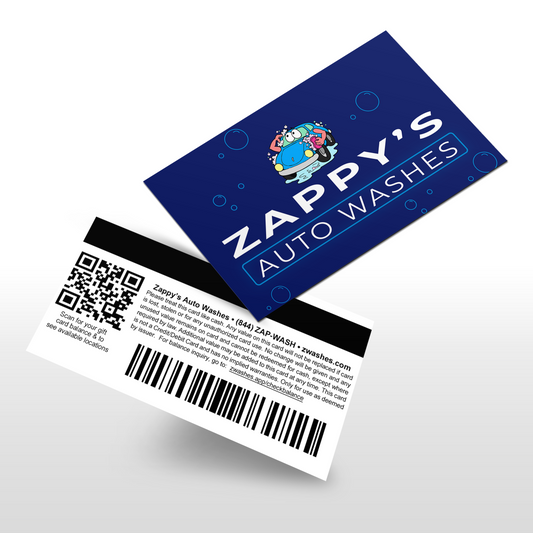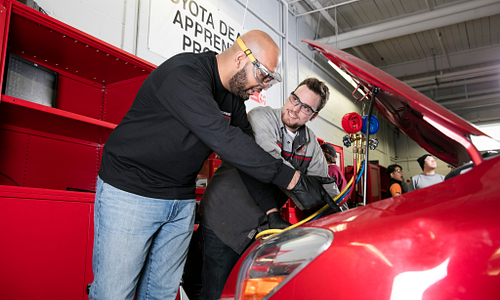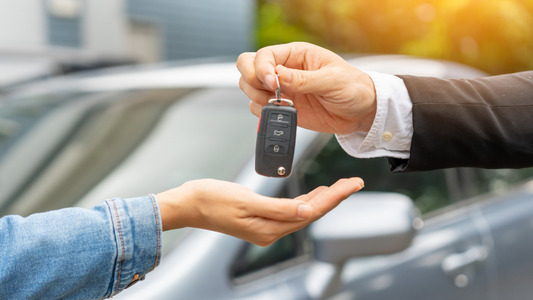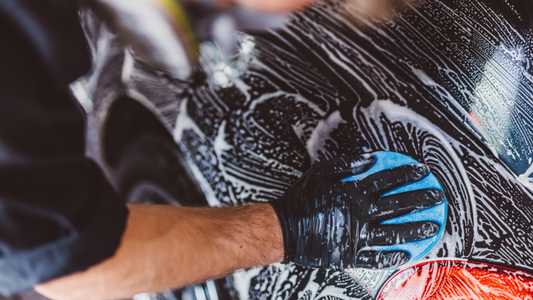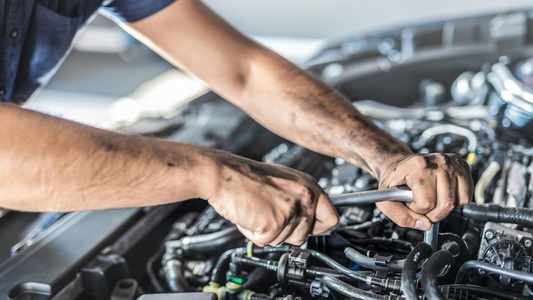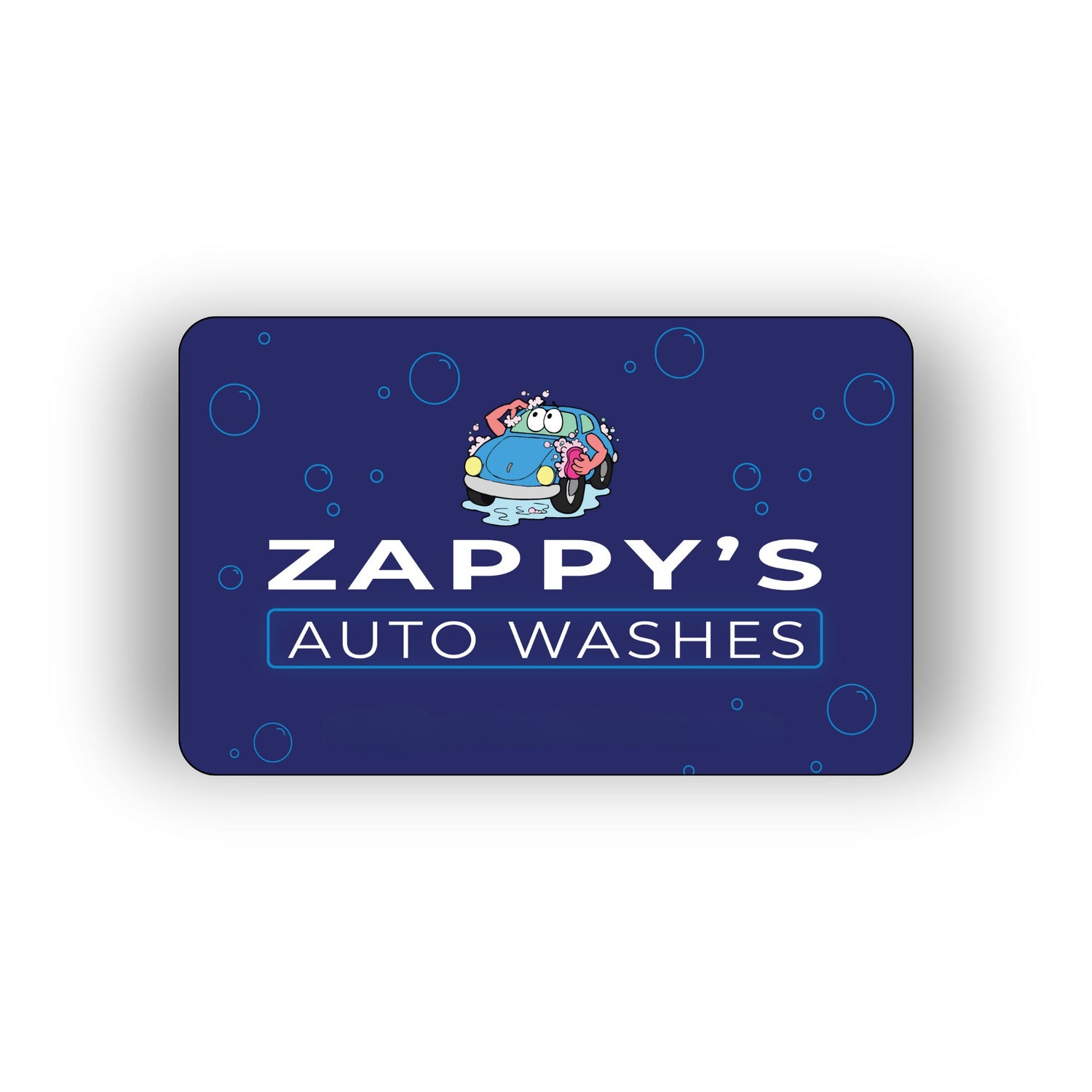Cars are a big investment, and they can be costly to repair. That's why having the right information is so important! In this article, we'll go over some of the most common car repairs that plague American drivers. From leaking windshield wiper blades to faulty ignition cables, these are all issues you might want to be aware of before they become major problems down the road.
Leaking Windshield Wiper Blades
Leaking Windshield Wiper Blades
The most common car repair in America is leaking windshield wiper blades. This happens because they're exposed to the elements, which means they can become brittle and break easily over time. If your wiper blades start to streak or squeak when you use them, it's time to replace them--and if they chatter while you're driving down the highway at 65 mph (or less), then definitely replace them!
Dirty or Low Brake Fluid
If you're not sure what brake fluid is or how to check it, don't worry. The fluid helps your brakes work by keeping them cool and lubricated. If the level gets too low, your car won't stop as quickly or effectively as it should--which can be dangerous for everyone on the road with you.
The best way to keep an eye on your brake fluid is by keeping an eye on its color: if it looks dark brownish red or rusty orange (rather than clear), then it's time for a change! You should also check before every long trip because driving over long distances heats up metal parts inside of your car that may cause some corrosion in places like hoses and cylinders where air compresses into liquid form before being released through hydraulics systems after pressing down hard enough while braking hard enough during emergency situations where quick stops are required such as avoiding collisions with other vehicles driving too fast without paying attention while texting instead talking on phones while driving
Bad Headlights or Tail Lights
Headlights and tail lights are important for driving at night and being seen by other drivers. If your headlights or tail lights are dim, discolored or broken, it can be dangerous to drive with them like that.
-
Headlights
To check your headlight bulbs:
-
Turn on the engine and make sure that both low beams are working properly by switching between them while looking at an object in front of you (like a wall). If one bulb isn't working properly, replace both bulbs immediately so you don't have any trouble seeing on the road later on! To replace a headlight bulb: 1) Open hood; 2) Pry off plastic cover over top of each headlight assembly; 3) Unscrew screws holding metal casing together; 4) Disconnect electrical connector from backside of old bulb using pliers if necessary; 5) Insert new halogen incandescent/Xenon gas discharge type bulb into socket with connectors facing away from housing unit; 6) Reassemble metal casing around new halogen incandescent/Xenon gas discharge type bulbs until screws line up perfectly again (they may need some coaxing); 7) Replace plastic caps onto each side's outer surface after completing step 6 above."
Tire Pressure Issues
Tire pressure is an important factor in safe driving and fuel efficiency. You should check your tires at least once a month. If you don't, the pressure may drop when it's cold outside, which can cause a blowout or result in less traction on slippery roads.
When checking your tire pressure, make sure that you check them when they're cold--that means after the car has been sitting for at least three hours or overnight (or even longer if possible). You can use a handheld gauge like this one from Amazon or just ask someone at a gas station who works on cars all day long!
Loose Battery Terminal Connections
Loose battery terminal connections are one of the most common car repairs, and can be easily fixed with a few tools. If you suspect that your vehicle's battery terminals are loose, follow these steps:
-
Check all of the wires leading from your alternator to your battery and make sure they're securely fastened.
-
Check for any corrosion on any part of your vehicle's electrical system (such as around lights) by rubbing a wire brush over any areas where you find rust or dirt buildup. This will prevent an electrical short from occurring in the future if left untreated!
Dirty Air Filter or Blocked A/C Condenser
If you're experiencing problems with your air conditioning, it's likely because of a blocked A/C condenser. The A/C condenser is an important part of the car's cooling system--it removes heat from the engine, forcing it through tubes that run through the radiator. The tubes are connected to another set of tubes (called hoses) that lead back into your vehicle.
The symptoms include:
-
Slow air flow from vents
-
Temperature gauge reading higher than normal temperatures for your climate
Broken Fuel Pump Belt
The fuel pump belt is one of the most common car repairs in America. It's a small piece of rubber that connects your engine to your fuel pump, which is responsible for sending fuel to your engine. The belt drives this process by rotating a pulley attached to both parts.
When it breaks, you'll notice that one or both of these things don't happen:
-
Your car won't start or will die when you try to start it
-
There's no noise coming from under your hood as you're driving (if applicable)
If either of these things happen, check under your hood and see if there's any damage or missing pieces of the belt--if so, then try replacing them! If not...well then maybe check back with us later on this list because we may have some other ideas for repairing whatever problem caused this issue in the first place!
Bad Ignition Cables or Distributor Cap/Rotor
The first thing to do is check the ignition cables. You can do this by simply turning on the key, then revving up your engine and listening for a clicking sound. If you hear it, that means that there's something wrong with your ignition system and you'll need to replace them.
If you don't hear any clicking noises when turning on your car's engine, but instead it starts right away without any issues--then chances are good that there isn't anything wrong with those components and they just need some cleaning (they tend to get dirty over time). In this case, all it takes is some WD-40 or other lubricating liquid sprayed on each end of these cables before reinstalling them back into place where they were removed from originally; however if they still continue giving problems after doing so then replacing these parts may still be necessary after all!
Faulty Starter Motor or Battery Terminal Connections
Before you can start your car, the starter motor has to activate the starter. If it doesn't work properly, you'll have to replace it.
There are two ways to check your car's battery terminals: visually and with a voltage meter. You'll want to check both ends of each cable--one side is connected directly into your battery while the other goes through a fuse box before connecting with another cable or terminal.
Your car might be suffering from one of these problems.
Here are the most common car repairs in America, and how to avoid them:
-
Engine light comes on. This can be a sign of many different problems, but one of the most common is a misfire in one or more of your engine's cylinders. If this happens, you'll want to get it checked out as soon as possible; if not fixed right away, it could lead to more serious damage down the road.
-
Your car hesitates when accelerating or shifting gears. This is usually caused by worn-out spark plugs or faulty fuel injectors (the part that sprays gas into each cylinder). Either way, they'll need replacing ASAP--the longer you wait before fixing these issues will only make them worse!
We hope this article has helped you identify some of the most common car repairs in America. As you can see, there are many things that can go wrong with your car, but they're all easy to fix if caught early enough.
